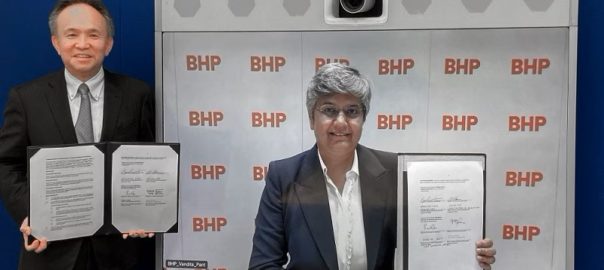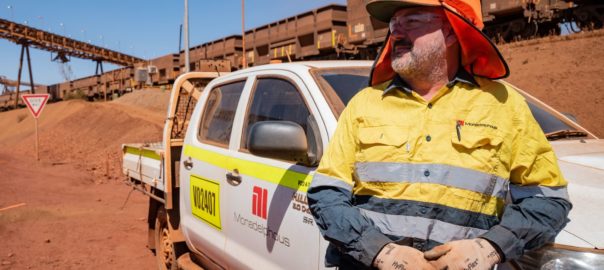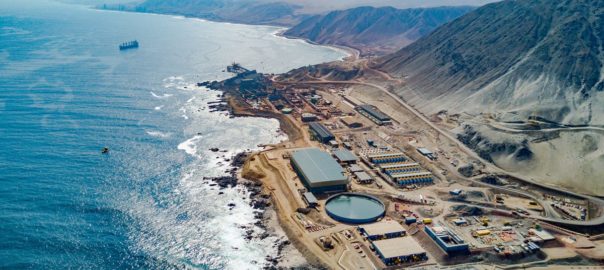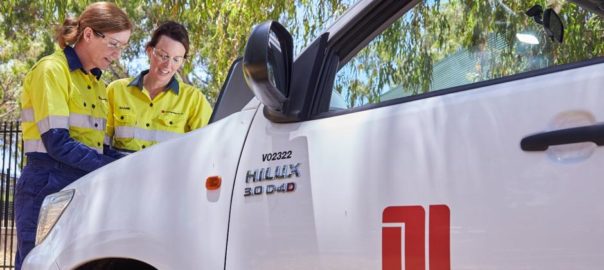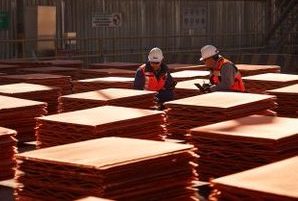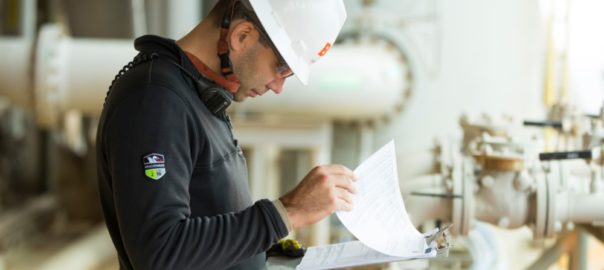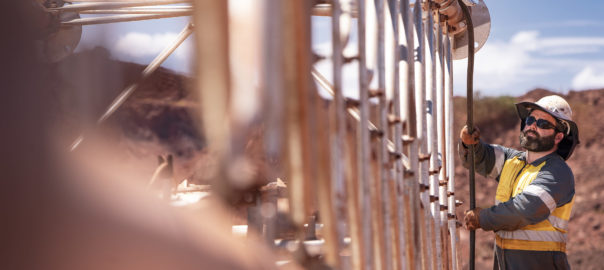JX Metals Corporation (JX Metals) and BHP have signed a memorandum of understanding (MoU) to pursue the development of a “Green Enabling Partnership” aimed at supporting both parties’ ambitions of reducing greenhouse gas (GHG) emissions in the copper supply chain and making the copper supply chain more sustainable.
Through the Green Enabling Partnership, JX Metals and BHP aim to support the continued development of a responsible copper supply chain through enhancing traceability and material origin verification across industry, from producers to downstream consumers such as copper product manufacturers, as well as the semiconductor, information technology and automobile industries.
In addition, the Green Enabling Partnership proposes to advocate for circular economy and GHG emissions reduction through copper concentrates and sulphuric acid supply between both parties, promote knowledge sharing in areas of estimating and reducing carbon footprint of electrolytic copper, and engaging in research and development to support improved material processing and energy efficient smelting operations.
JX Metals and BHP have a long-standing relationship dating back to 1985 with the commissioning of Escondida, BHP’s largest copper mine. This relationship has been strengthened in recent years through various collaboration opportunities – for example, BHP has supplied copper concentrates extracted from its mines in Chile to JX Metals’ smelters in Japan, and in turn, utilised sulphuric acid produced in JX Metals’ smelting processes for solvent extraction in its mines.
“JX Metals’ partnerships in the downstream copper supply chain are expanding in scope,” JX Metals Director and Deputy Chief Executive Officer, Kazuhiro Hori, said. “Our efforts to produce more sustainable copper are centered on green hybrid smelting at the Saganoseki Smelter and Refinery, and partnerships with upstream sectors are essential to reduce our Scope 3 GHG emissions reported by JX Metals in copper concentrate production and transportation. We will respond to our stakeholders’ needs by enhancing our ESG efforts in upstream sectors through this partnership with BHP, a vital responsibility for JX Metals.”
In 2022, Pan Pacific Copper (a member of JX Metal’s group), partnered with BHP and Norsepower, a global manufacturer of wind propulsion equipment for shipping, in an effort to reduce carbon emissions from the marine transportation of copper concentrates and sulphuric acid.
BHP’s Chief Commercial Officer, Vandita Pant, said: “At BHP, we pride ourselves on identifying and implementing innovative sustainability. We recognise that solutions are not developed in silos, and partnership and collaboration with our customers and partners across the value chain often bring about the best and most sustainable outcomes in pursuit of these goals. We look forward to working with JX Metals on the Green Enabling Partnership that aims to support further GHG emissions reduction in the supply chain for copper, one of the most critical minerals in the journey towards global net zero ambitions.”
President of BHP Americas, Rag Udd, said: “In a world in which the demand for copper is on the rise, improving the sustainability of producing processes is a non-negotiable. The copper of our mines produced in Chile are fundamental for decarbonising the value chain and for providing the resources the world needs to enable the energy transition. BHP has made significant progress in increasing the sustainability and ESG standards of its copper production, and we always aim to deliver high-quality and responsibly produced copper. I’m sure that this partnership will benefit our customers and will allow us to go even further in our effort to decarbonise through innovative production processes.”







